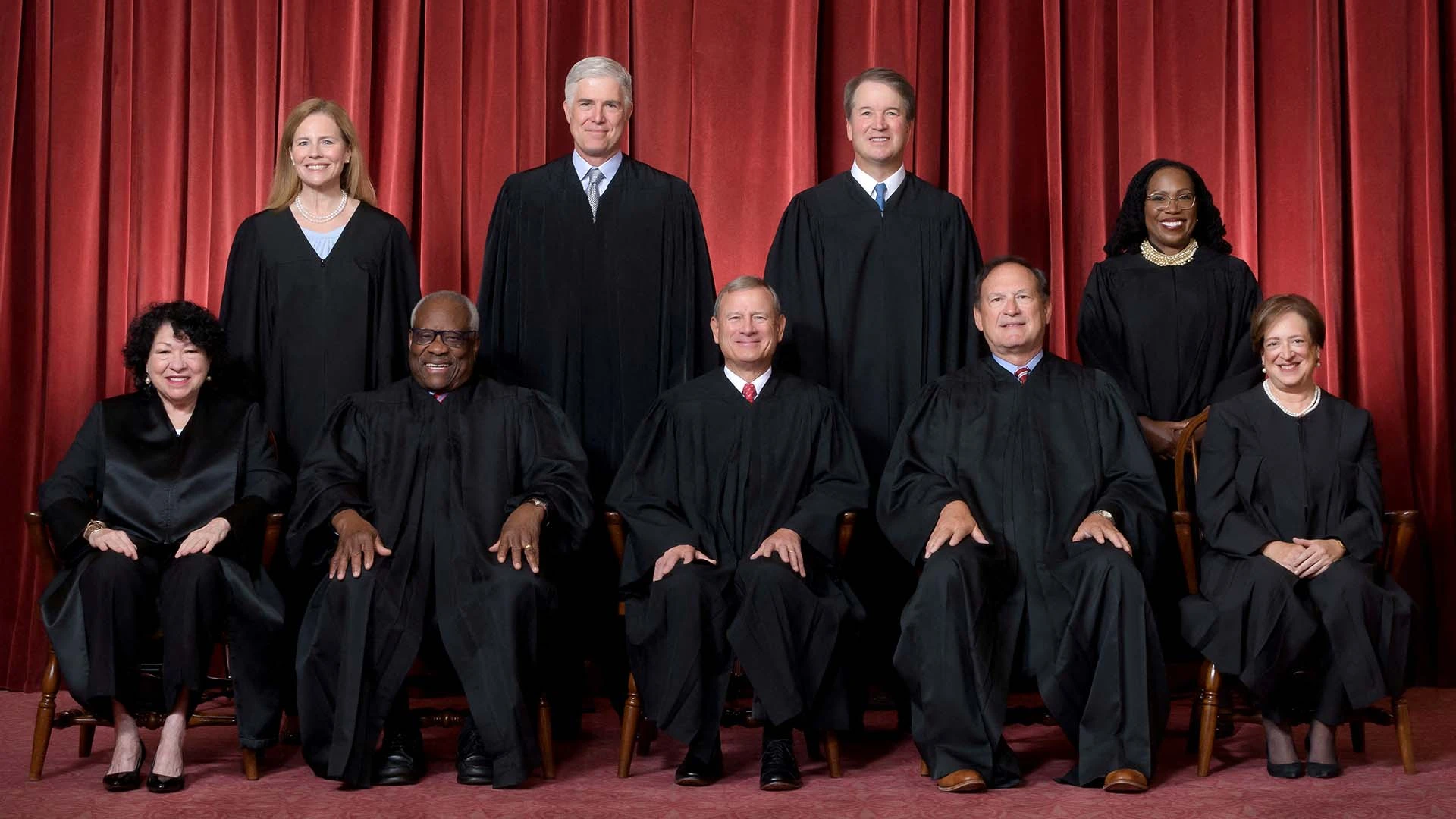The Supreme Court is often portrayed as deeply divided along partisan lines in the media, but this is not entirely accurate. While there are cases where the justices disagree, the Court still issues unanimous rulings in just under half of the cases it decides each term. This number has decreased over time, but there are still outlier years where the Court decides a majority of cases unanimously.
Throughout the Court’s history, many chief justices have tried to promote broad agreement among the justices. However, there have always been cases where the justices are not in lockstep, and these cases often produce surprising results. Justices appointed by the same president do not always vote the same way, and there are often shifting coalitions and odd couples among the justices.
Rather than viewing the Supreme Court as two monolithic blocks that vote along party lines, it is more accurate to see the Court as a group of individuals with their own idiosyncrasies, backgrounds, and approaches to the law. While dissenting opinions can be dramatic and foreshadow future litigation, the facts show that the Supreme Court is not nearly as divided as the media often portrays it to be.

